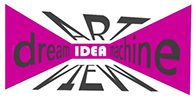PRESENTATION: ARTISTS IN RESIDENCE 2024
The group exhibition “ARTISTS IN RESIDENCE 2024,” features 11 international artists. Their works were created during the Krinzinger Residency Program in Petőmihályfa (Hungary), Kuberton (Croatia), Sri Lanka, and Vienna (Austria). The exhibition reflects the unique ecological, social, cultural, and political contexts of these locations, combined with the personal experiences that influenced the artists’ creative processes.
By Dimitris Lempesis
Photo: Krinzinger Schottenfeld Gallery Archive
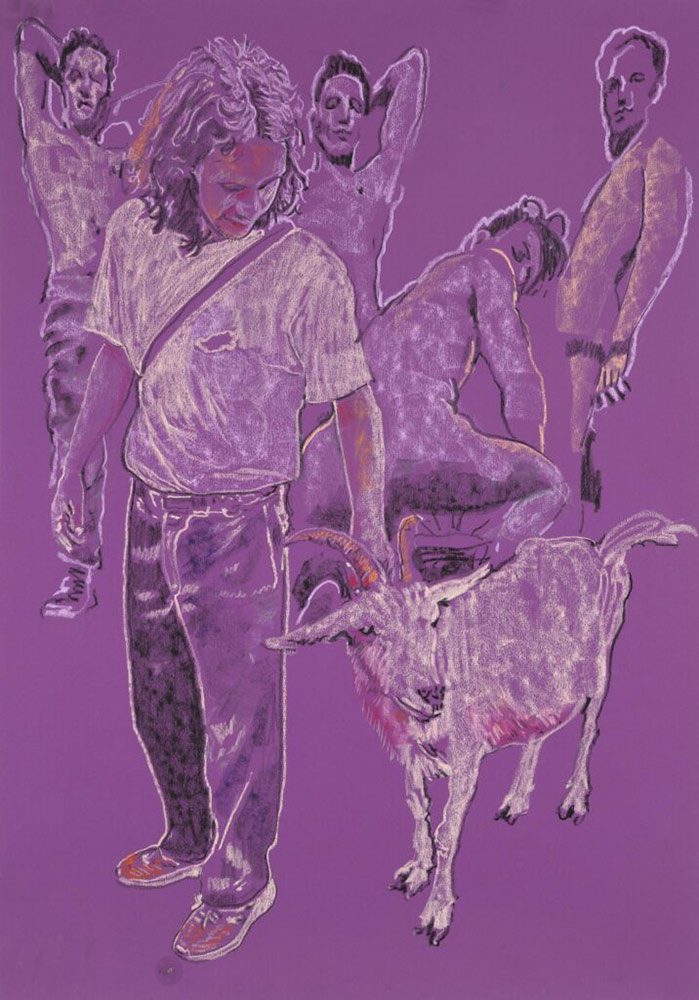
The Artist-in-Residence program offers artists the opportunity to broaden their net- works, gain new insights, and create innovative works outside of their usual work environments. Many former participants have since become significant figures in the international art scene. Christian Rothwangl’s paintings oscillate between figuration and abstraction, addressing questions of identity, corporeality, and painterly autonomy. His works condense real experiences and personal memories into independent visual worlds, where mate- rial presence and symbolic charge intertwine. The six works presented here were created during a residency in Kuberton, HR, and in the following weeks in Vienna. Positioned between documentary observation and free imagination, they draw from models, photographs, or purely symbolic compositions. One work depicts a wooden figure from a nearby village, its formal and material characteristics translated into the painterly process. The representations fluctuate between figural concreteness and abstract dissolution. While some motifs remain clearly defined in contour and presence, others dissolve into fragmented structures. The use of colored ink on paper reinforces this state of suspension —allowing for a fluid, immediate process in which chance and control intertwine. The bombs that go off in Eleni Gkinosati’s mind are the building blocks of constructive improvisations gathering steam and force. The volume of power she draws forth using a wet mix of oil and water, are the actions of her endless capacity to formulate, and most importantly, to control a given set of problems, and thereafter, solving them. Gkinosati innately employs this connectivity between her conscious actions and directs the subconscious impulses. One can say that where there is smoke, there is fire in her rapid bursts of movement. For in abstract expressionism, to make a topological impression is not enough in-of- itself. There must be velocity, and it’s such velocity that gives Gkinosati’s paintings the uncanny sheen of the intangible. Sketches of people in everyday situations—holding a phone, on the move in the city, or using public transportation—have been part of the repertoire of painter and filmmaker Erik Schmidt for years. Like his paintings, they are based on photographs. Isolated from their surroundings, the depicted figures appear as brightly colored gouaches or acrylic drawings on newspaper pages. A new addition to his work are large-format ink drawings on white paper, reduced to black apart from a single color accent at most. With dynamically precise brushstrokes, the artist “calligraphs” the figures as larger-than-life blow-ups, indulging not only his own uninhibited voyeurism but also that of the viewers. Like tattoos, lines of text appear in the ink drawings—personal as well as general notes or messages—that, in turn, create a sense of distance from the figures, transforming the portraits into illustrations of a broader narrative. Since 2014, the Vienna-based artist duo Markus Hanakam and Roswitha Schuller has been working on the “Metiers” series. They use reproductions from various auction catalogs as the starting point for a series of visual works. Their motifs depict stereotypical professions, as seen in nearly every European porcelain manufactory since the 18th century: sausage vendors, street traders, gardeners, barbers, fishmongers, pastry sellers, and many more. These figures are both works of art and everyday objects, as well as prototypical design pieces. Hanakam & Schuller conduct extensive archival research on these objects and use it to generate AI-created visual representations of contemporary professions in an ana- log style. Their prompts are based on historical artifact descriptions from various manufactory catalogs, combined with contemporary precarious job depictions. The duo works across platforms, deliberately countering established platform realism and utilizing the technique of negative prompting—a stylistic exclusion method. Their work explores the stereotyping of marginalized groups, representation conventions, and the visual narratives of diversity, as well as the perceived “threat” of AI to various professions. The formal and aesthetic dimension of their project serves as a historical hinge be- tween traditional plastic production—such as stencil-like manufactory work with plaster models—and the modeling of virtual bodies through language and descriptive techniques (prompting: requesting, inputting, whispering). With a playful approach, Hanakam & Schuller raise questions about classism, salon culture, craftsmanship, and everyday technology, bridging artifact and material culture with digital image production and its inherent post-media nature. In his artistic work, Zoe Miloš explores the possibilities of interweaving the media of printmaking, photography, painting and sculpture for technical and interdisciplinary development. In 2019 he completed his sculpture studies at the Academy of Applied Arts with the title bacc.art. He presented his works in solo exhibitions in Rijeka, Zagreb, Ljubljana, Belgrade, Fažana and Pula and participated in group exhibitions in Zagreb, Pula, Ljubljana, Novi Sad, Belgrade, Rijeka and Novigrad. In 2023 he was awarded the “Crno drvo Laube” prize for the best solo exhibitor. Since 2024 he has been a member of the Croatian Artists’ Association (HDLU) Istria. Rui Miguel Leitão Ferreira obtained a BA in Painting from the Faculty of Fine Arts at the University of Lisbon and an MA in Fine Art from Goldsmiths, University of London. His recent exhibitions include MU.SA (Sintra Museum of Arts) in 2021, Galeria 111 in 2020 (solo exhibition), Low Gallery, Kondres, UK (2019), and AIR-Krinzinger Projekte, Vienna, Austria (2019). In 2023, his works were exhibited at Mind Set Art Center, Taipei City, Taiwan, and The Sunday Painter Gallery, London. New Paintings from the Lake was his first solo exhibition at Galerie Krinzinger in 2023.
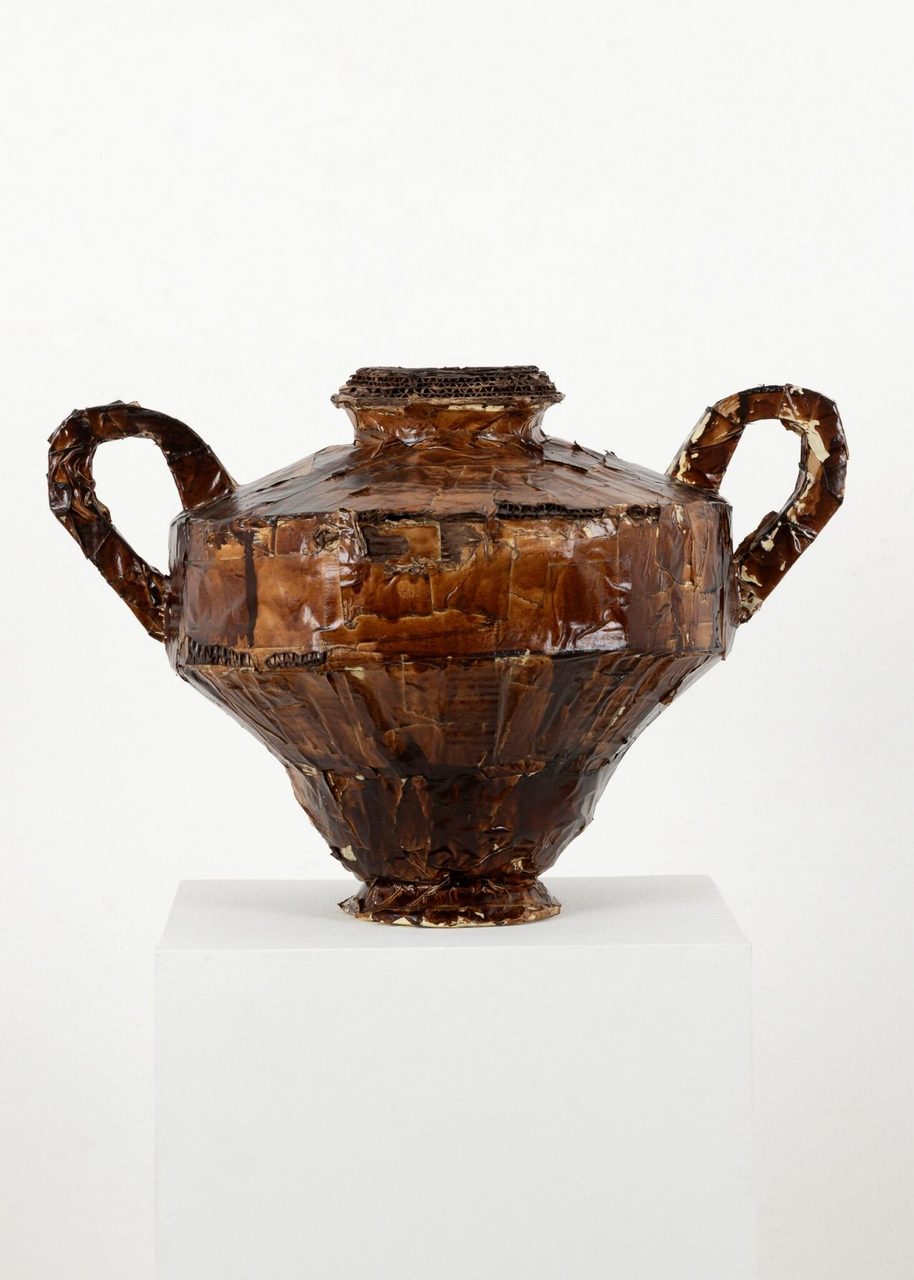
After completing her studies at the School of Applied Arts and Design in Zagreb, Maja Marković earned her MA in Painting from the Academy of Fine Arts in Zagreb in 2011. Since then, she has continuously redefined and developed her own visual and conceptual vocabulary, which emerges from a focus on the intersections of architecture, drawing, and spatial analysis. The works created during the Kuberton residency developed through an observation of the specific conditions within the layers of forming atmospheric masses and the organic movement of the ground and underground. The tensions between the elasticity and fragility of the material provide a shared foundation for the emergence of new and diverse textures, formed by microscopic fractures—gradual collapses that appear as natural transformations within the material due to cyclical loading and unloading. The material fatigue presented here is not merely a mechanical failure but a testament to endurance and persistence, as well as the history of the material that shapes our landscapes and senses. Embedded in paper as an abstract moment or sequence of proportional developments of forms, movements, and transformations in the smallest of spaces, the work captures invisible, yet slow structural failures caused by unseen forces that shape matter over time. The focus lies on the slow process of drawing and the stable body position in either sitting or standing, counteracting the repeated break- down of certain materials as a natural embodiment of fatigue. This is not about a sudden failure but rather a slow dissolution of how surfaces withstand stress—until they no longer do. The shifting directions playing out in the background represent both the material’s structure and a visual code of textures or layers. These emerge from architectural remnants, voids, and ruins that frame larger landscapes or spaces. Solid structures dissolve into mist. Unheard sounds of shifting earth, the rumbling of presence and absence, and the fatigue of material make an invisible pressure palpable—a pressure that eventually manifests as visible deformations in the very foundations of matter. Martin Sommer examines institutional structures and their mechanisms of perception regulation. His practice critically engages with the invisible processes through which institutions generate evidence and establish their own structure as natural. On the sur- face, his work appears to conform to existing frameworks, but at its core, it introduces a shift—a trace of the Other, something not accounted for within these structures. By operating within institutional logics and retracing their mechanisms, his work reveals their constructed nature while simultaneously subverting them. This disruption does not occur through direct opposition but through a transformation of the conditions under which something is perceived or considered meaningful. Sommer’s work demonstrates that institutions function not only through visibility but also through what they obscure or subtly repeat. What initially appears coherent ultimately reveals itself as a system of shifts, where the obvious always points to something that has been withdrawn elsewhere. In this sense, his work is not merely a reflection on institutional structures but an intervention—one that does not simply disrupt mechanisms but sets them in motion, reconfiguring the framework of what is considered evident. The painting of Shuvo Rafiqul depicts three people – one looking into a mirror, the others looking around. It is an attempt to perceive the surroundings through self-examination. A camel is seen in the distance. The perspective and the stars in the sky attempt to present both nearness and distance at once. The camel, usually associated with desert landscapes, appears in an unexpected set- ting, raising questions. It can symbolize a journey. “Shaky lens” means experiencing a scene emotionally and subjectively, questioning boundaries, and reflecting between reality and abstraction. The endless loop video installation “Thinking is happening in between (2025) consists of four interconnected videos symbolizing cycles of repetition and transformation. The phrase “Thinking is happening in between” suggests that meaning lies not in the videos themselves but in the gaps of interpretation. One video shows two airplanes briefly touching before returning to their original positions—symbolizing historical repetition or the illusion of progress. Another video features burning Palo Santo in a porcelain bowl—representing the cycle of destruction and renewal. Other videos depict a stone, and a burnt piece of wood placed on Croatian kuna, possibly referencing economic or historical change. The loop structure suggests that change is often illusory. History and social structures move in cycles. The installation invites reflection on the absurdity of these patterns and questions whether systemic change is true progress or merely a repetition of existing structures. The work “Antipsychotics” incorporates elements from various materials. These mate- rials sometimes establish connections with one another, while at other times, they clash with opposing forces. This interplay reflects the complexity of today’s world, where information is constantly being generated and disappearing just as quickly. In this ever-changing landscape, understanding becomes a challenge. The deluge of in- formation—whether real or fabricated—creates a tension between clarity and confusion. Whether encountered through the internet or real-life experiences, information evolves unpredictably, often blurring the lines between reality and illusion. “Antipsychotics” encounters evolving and conflicting narratives, inviting viewers to question what is real. Andreas Werner studied graphic design and fine graphics at the University of Applied Arts Vienna from 2004 to 2007 under Sigbert Schenk and continued his studies in graphic arts and printmaking at the Academy of Fine Arts Vienna under Gunter Damisch from 2007 to 2012, where he graduated with honors. In 2016, he received the Recognition Award for Fine Arts – Cultural Award of Lower Austria and the MUSA Prize for Young Art from the City of Vienna. In 2017, he was awarded the State Scholarship of Saxony-Anhalt, followed by the STRABAG Artaward International in 2022.
Participating Artists: Rui Miguel Leitao Ferreira, Eleni Gkinosati, Hanakam und Schuller, Maja Markovic, Zoe Miloš, Shuvo Rafiqul, Christian Rothwangl, Erik Schmidt, Martin Sommer, Andreas Werner
Photo: Hanakam und Schuller, Die Salzmassage, 2025, AI, digital color photography, acrylic ink on Fuji Crystal Archive, 1/3 (Ed. 3 + 2AP) series of unique pieces, 32×43,5cm,© Hanakam und Schuller, Courtesy the artists and Krinzinger Schottenfeld Gallery
Info: Krinzinger Schottenfeld Gallery, Schottenfeldgasse 45 – Vienna, Austria, Duration: 28/2-9/5/2025, Days & Hours: Tue-Fri 12:00-18:00, Sat 11:00-16:00, https://galerie-krinzinger.at/
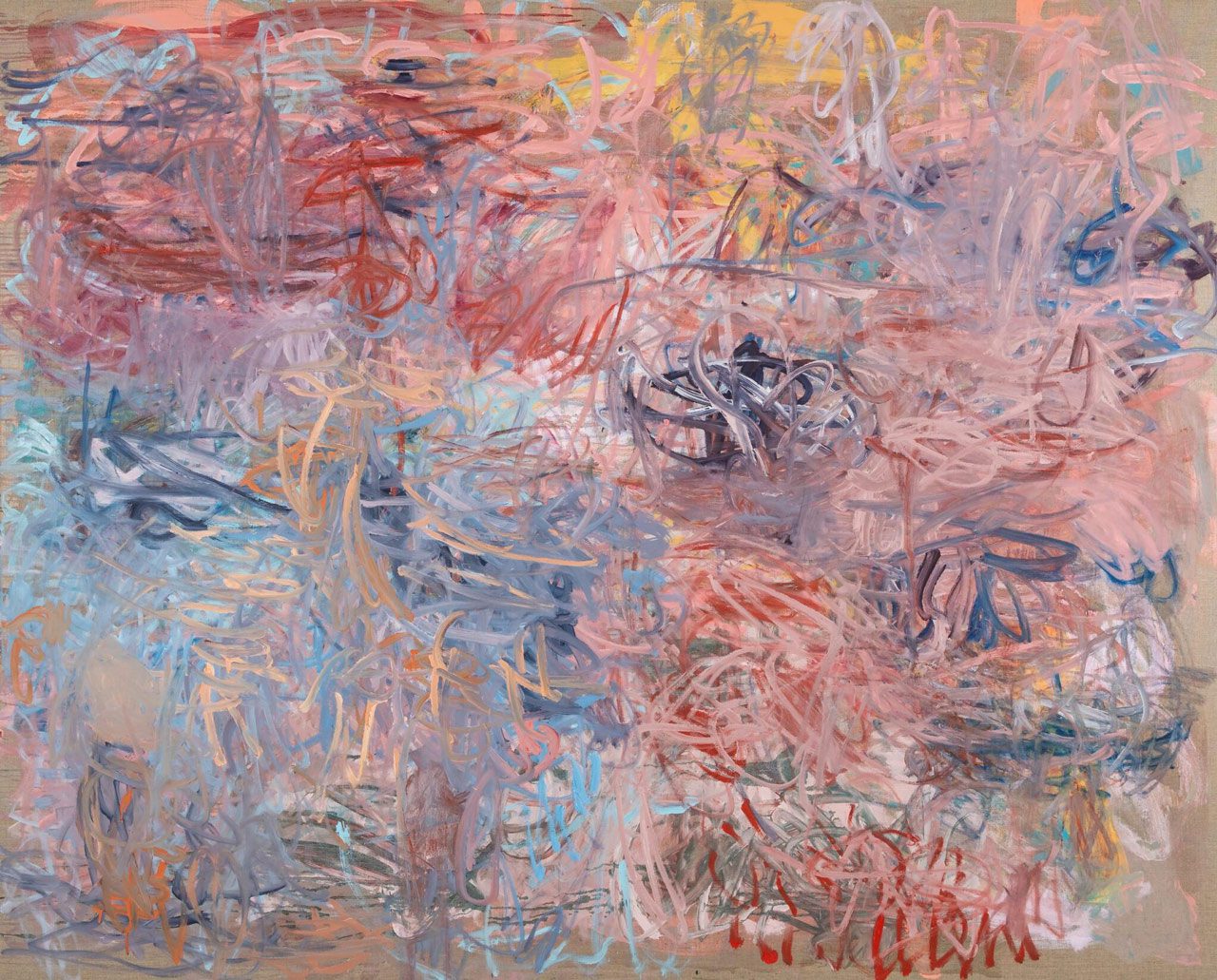
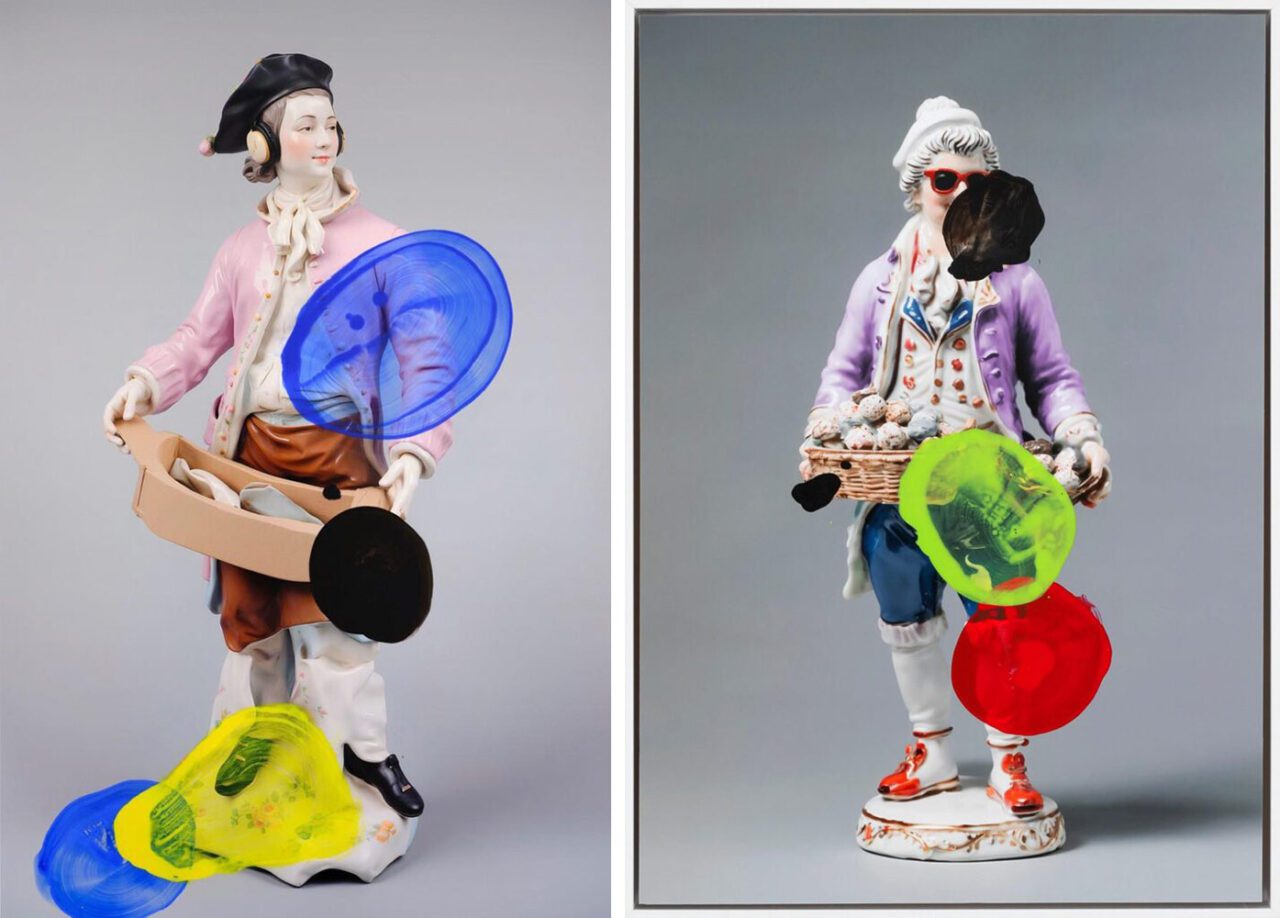
Right: Hanakam und Schuller, A rare figure of a F&B manager (“Tartuffe”), 2025, AI, digital color photography, acrylic ink on Fuji Crystal Archive. 1/3 (Ed. 3 + 2AP) series of unique pieces, 32×43,5 cm, © Hanakam und Schuller, Courtesy the artists and Krinzinger Schottenfeld Gallery
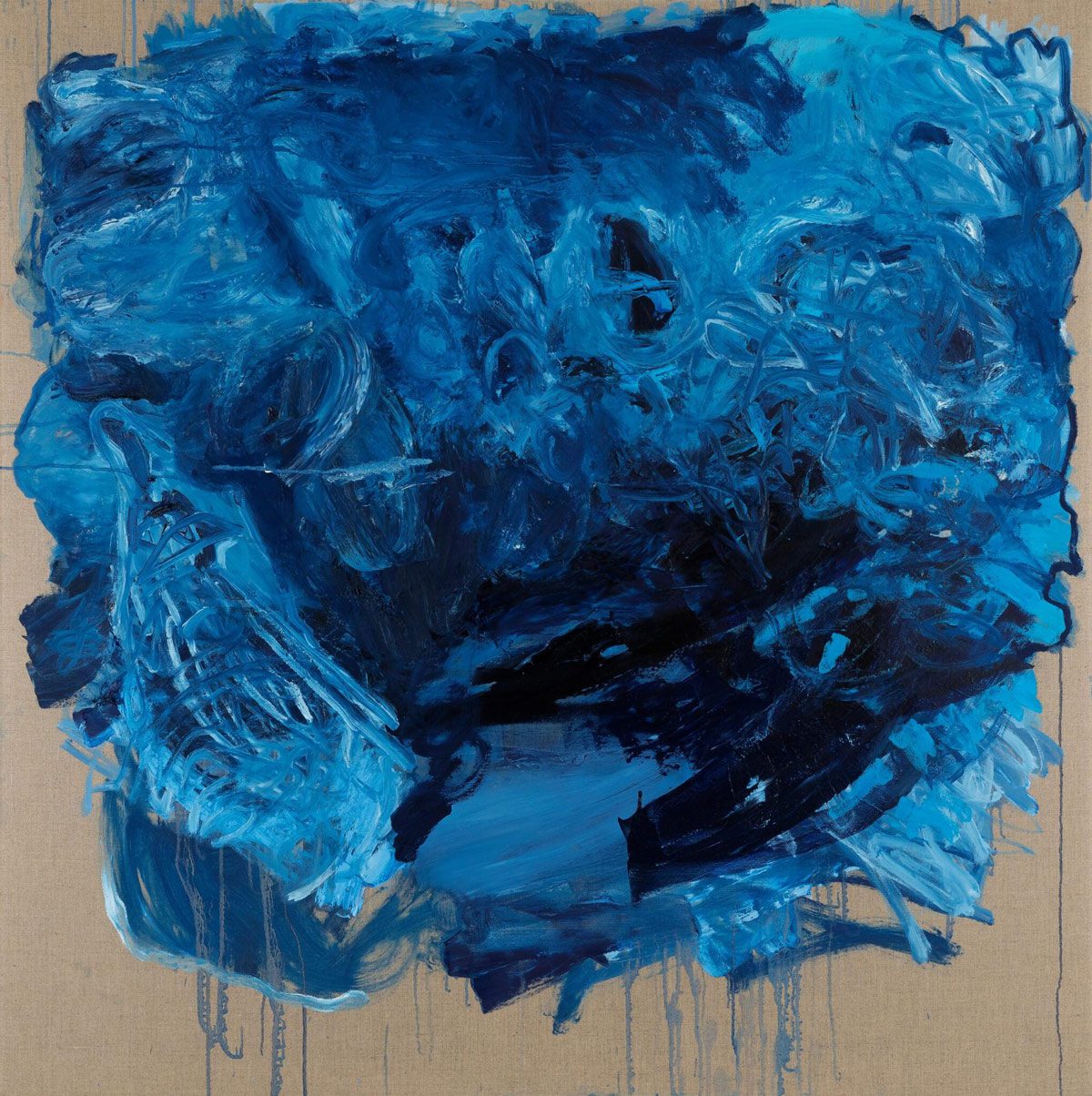
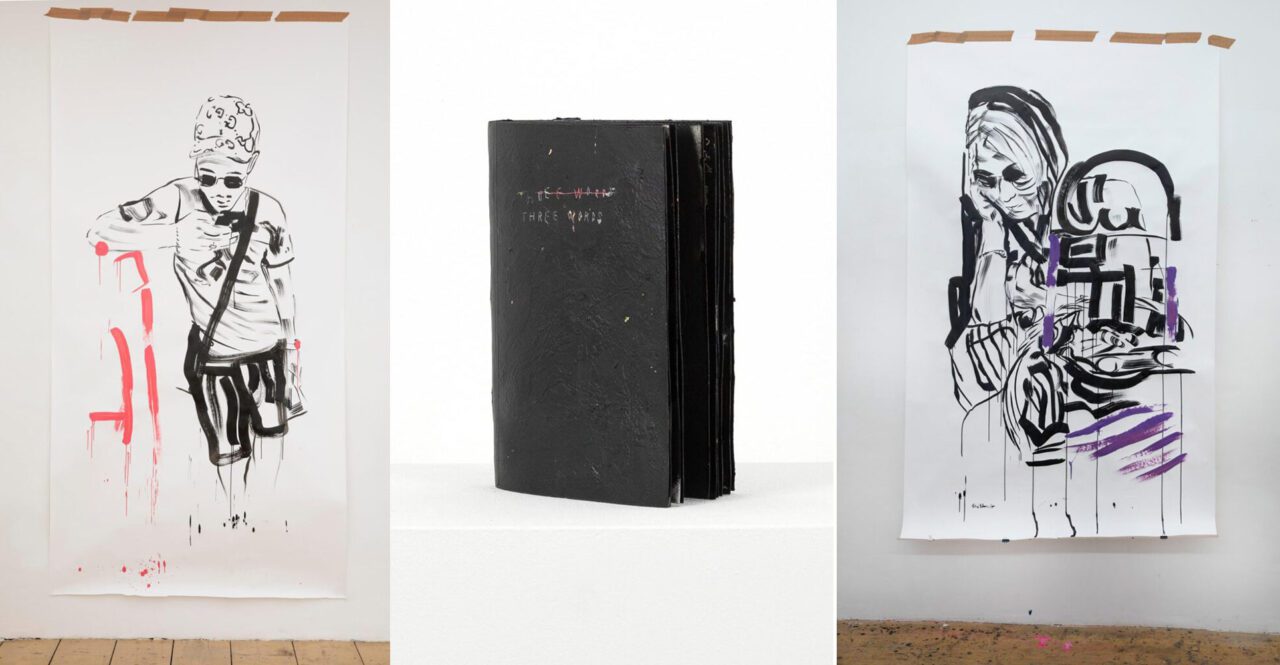
Center: Zoe Miloš, Three Words, 2024, mixed media, 21 x 15 x 3 cm, © Zoe Miloš, Courtesy the artist and Krinzinger Schottenfeld Gallery
Right: Erik Schmidt, Ahorngasse, 2024, ink on paper, 245 x 150 cm, © Erik Schmidt, Courtesy the artist and Krinzinger Schottenfeld Gallery

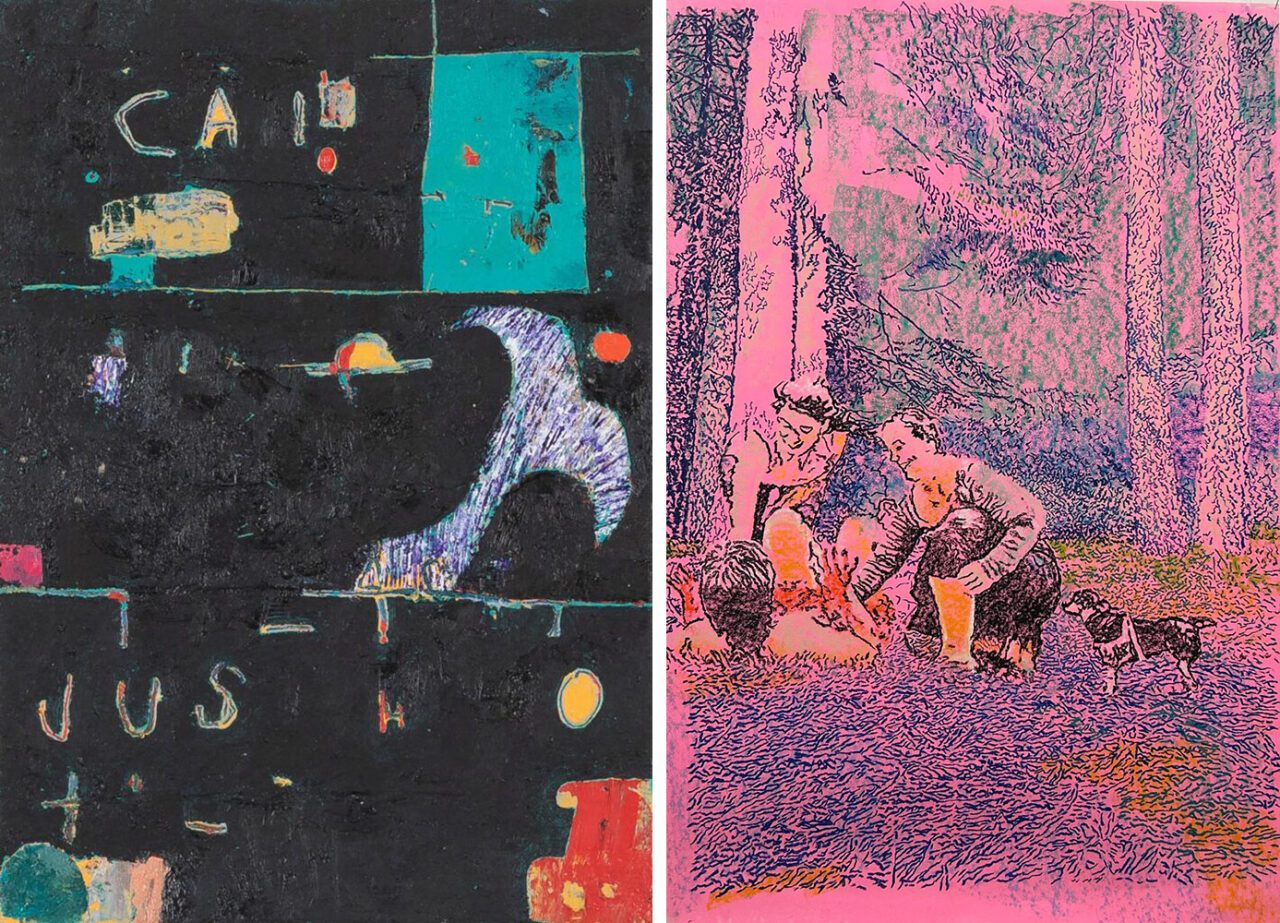
Right: Rui Miguel Leitao Ferreira, Untitled, 2024, oil pastel on paper, 100 x 70 cm, © Rui Miguel Leitao Ferreira, Courtesy the artist and Krinzinger Schottenfeld Gallery

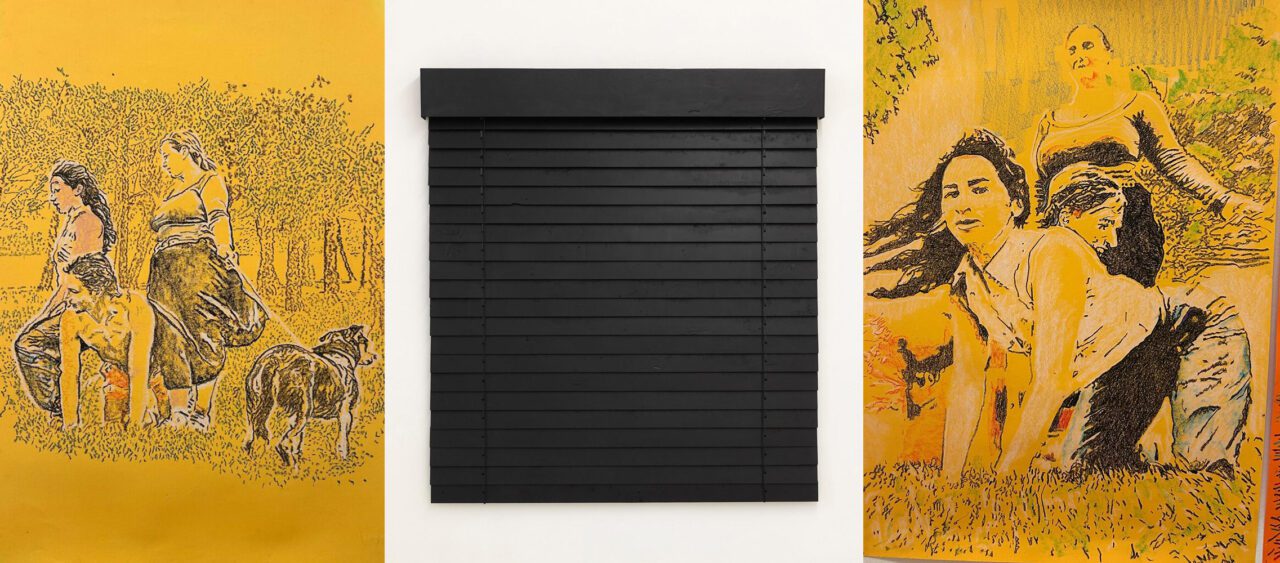
Center: Martin Sommer, B.C.R.B.P.B. -04, 2024, Plastic from car roof boxes, aluminium, pigment from price holders, 167 x 153 x 15 cm, © Martin Sommer, Courtesy the artist and Krinzinger Schottenfeld Gallery
Right: Rui Miguel Leitao Ferreira, Untitled, 2024, oil pastel on paper, 100 x 70 cm, © Rui Miguel Leitao Ferreira, Courtesy the artist and Krinzinger Schottenfeld Gallery
